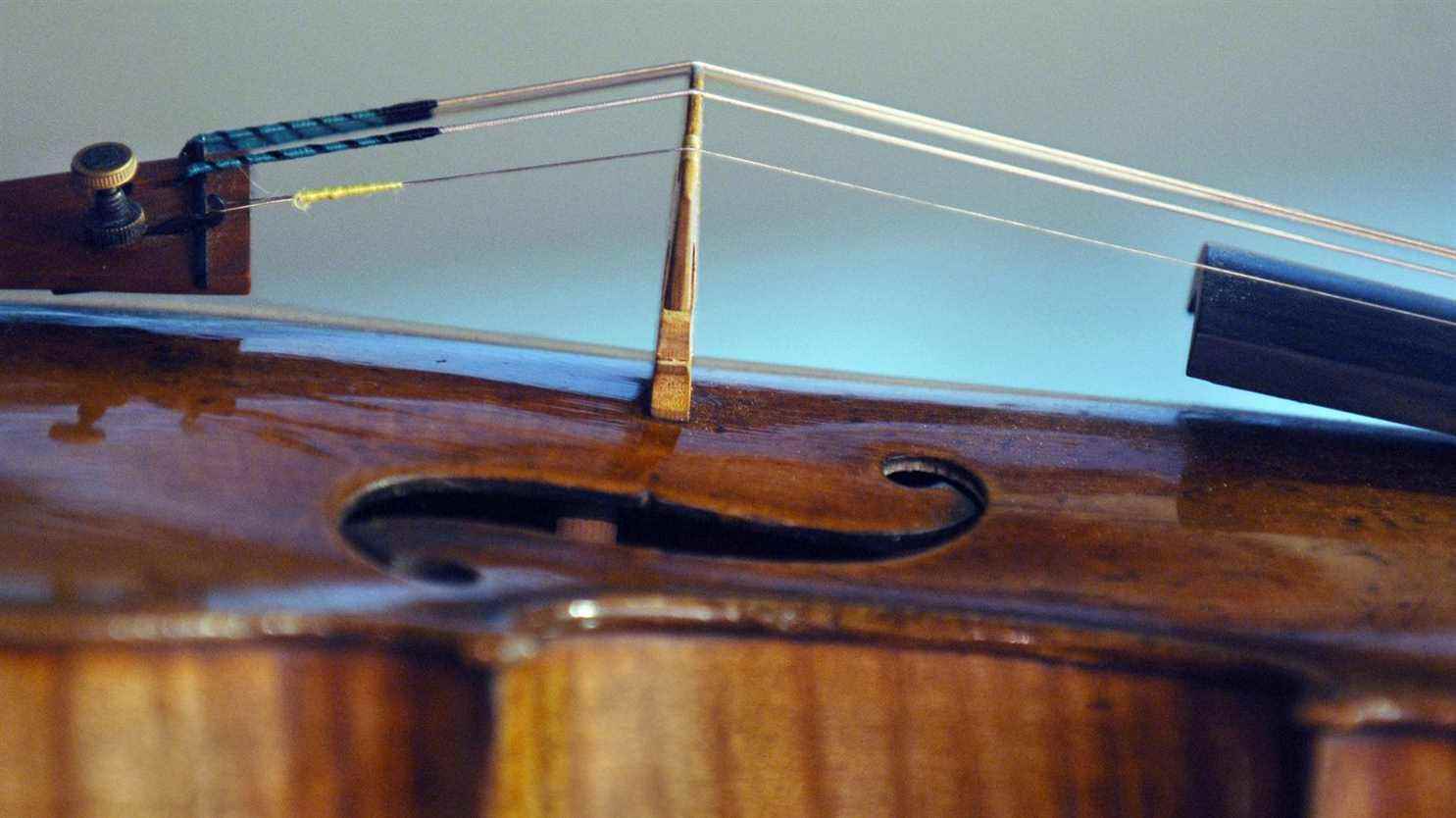For years, Carla Shapreau has been looking for a Stradivarius stolen under the Nazis from the Mendelssohn-Bohnke family. In Paris, this expert takes part in a symposium on the spoliation of musical instruments, much less known than that of works of art. Where is also the Stradivarius-classified violin, confiscated in Vienna from Oscar Bondy, an Austrian entrepreneur and collector persecuted by the Nazis? The two violins that belonged to Johann Strauss son and confiscated from his daughter-in-law of Jewish origin? The Stradivarius offered by Goebbels to the Japanese prodigy Nejiko Suwa in 1943 would it have belonged to a Jewish family?
“Nearly 80 years after the end of the Second World War, research in this field has been slow to develop and a large number of looted musical instruments remain untraceable”, tells AFP Carla Shapreau, who documents these spoliations and tracks down the stolen instruments and scores. This lecturer at the University of Berkeley is one of the thirty French and international speakers – historians, musicologists, archivists but also merchants and luthiers – participating in the symposium organized until Saturday by the Philharmonie de Paris on this subject. A complex file due to the disappearance of direct witnesses and the absence of serial numbers on many instruments.
The symposium is unprecedented because it is broadcast live online and simultaneously translated into English to allow a greater number of people to participate and ask questions, even to testify.
The violin that had belonged to the Mendelssohn-Bohnkes was last located according to the family archives in 1940 at 51 Jaegerstrasse, a Berlin building which belonged to them and which had been seized by the Reich Ministry of Finance. Monika Löscher, member of the Austrian Commission for Provenance Research at the Kunsthistorisches Museum in Vienna, worked on the case of the pianoforte of singer Frida Gerngross, murdered in the Izbica ghetto in Poland, whose heirs are being sought for possible restitution.
In 1996, the book by musicologist Willem de Vries, Sonderstab Musik (the music commando, translated into French in 2019), detailed the activity of this cell made up of German musicologists, which located and had the Jews confiscate tens of thousands of instruments and sheet music. Among them, the rich collection of the famous harpsichordist Wanda Landowska who lived in Saint-Leu-la-Forêt (Val-d’Oise). “In post-war France, the ‘Directory of property spoliated during the 1939-1945 War’ lists, without being exhaustive, nearly 1,500 instruments lost”, says Carla Shapreau.
Finding them is like looking for a pin in a haystack. First complication: “If the pianos have a serial number that identifies the part, the person must have papers that attest to this number”, explains to AFP Christine Laloue, curator at the Museum of Music at the Philharmonie de Paris. Documents often lost, making it difficult to trace the chain of ownership.
“For violin making, it’s even more difficult, because violins or cellos rarely have numbers”, she says. “The musical instrument has also been able to undergo major repairs over the years.” The Museum keeps a cittern case and an Erard harp classified as MNR (Musées Nationaux Récupération), that is to say objects potentially looted or indicated as looted.
According to Christine Laloue, one of the keys to moving forward is “to work in a network” to cross-check the archives: that of the luthiers, the administrative archives on Jewish questions, the national archives and those of Paris. Even more than for paintings, instruments have a highly sentimental value.
In England, Benjamin Hebbert, an expert and violin dealer who also took part in the symposium, told AFP that he had met owners of violins who had arrived thanks to the “Kinder transport”, these rescue operations which made it possible to transfer thousands of Jewish refugee children from Nazi Germany to the United Kingdom. “For some children, Grandma’s violin was all they had,” he said. “For a family that brought back a violin, this instrument is probably the only thing that connected them to their life before the Nazis.”
